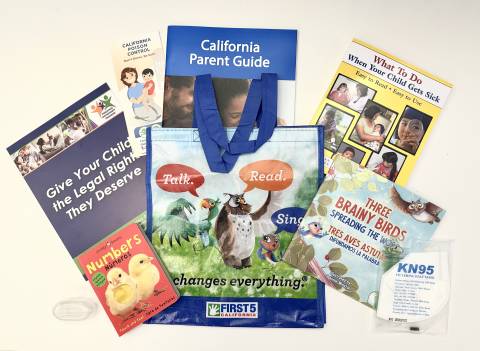Clenched fists, red cheeks, increased fussiness: These can all be signs that your child is starting to feel frustrated and stressed. When this happens, it might be time for a silly break or giving your child some time to let loose and just be a kid.

Allowing your child to have silly time each day comes with many benefits. When children engage in silly play, they often come up with new and unique ways to play with their toys or interact with their surroundings, which can help foster their creativity and problem-solving skills.
Silly play can also help children learn about emotions and social cues. By pretending to be different characters or animals, children can learn to recognize and understand different emotions and practice empathy and social awareness.
Allowing your child to be silly can promote physical activity and motor skill development. Whether they're dancing, jumping around, or playing games, silly play often involves lots of movement and physical activity, which helps with motor skill development and coordination.
Being silly together is a great way to build your bond with your child. If you’re looking for some inspiration, try out these activities with them, and see where their imagination takes you:
Silly faces: Make silly faces and have your child imitate them. You can try having a contest to see who can make the silliest face.
Freeze dance: Play music and have your child dance around. When you stop the music, they have to freeze in whatever silly position they're in. See how long they can hold the position.
Funny voices: Have a conversation with your child using a silly voice or accent. You can take turns trying out different voices and see who can come up with the funniest one.
Have a silly dance party: Turn on fun, kid-friendly music, and ask your child to do their silliest dance move. Then, have everyone else imitate their move. Keep dancing and trying new moves!
See how far you can hop on one foot: You can try this outside in the grass or in your hallway. Encourage your child to go as far as possible, hopping on one foot. Then you can try it!
Imitate animal movements: Try to think of animals your child knows, and ask them to show you how they would walk, run, crawl, or slither. You can ask them to make animal noises and use their imagination to create different movements for each animal. Join in on the fun for an extra dose of silliness.
Create an obstacle course: Set up an obstacle course using child-friendly items you have around the house, such as cushions, pillows, blankets, or chairs. Encourage your child to crawl, jump, or climb through the course, and make it as silly and fun as possible.








